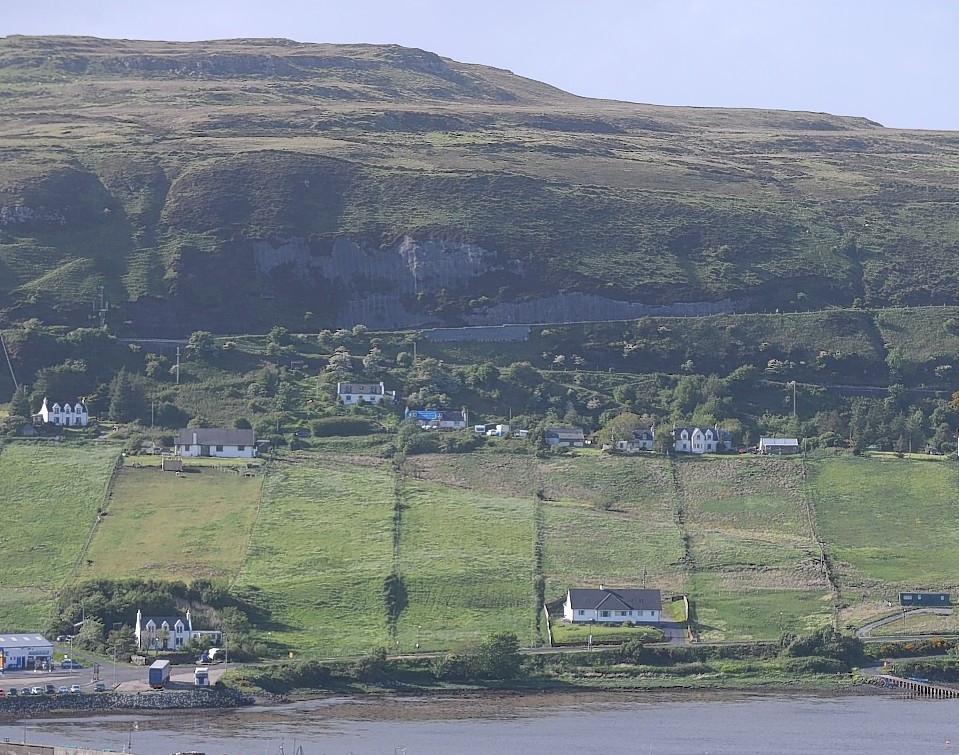The race is on to save a rare, prehistoric wicker basket – thought to be up to 3,000 years old – which in danger of being destroyed by the sea.
Recent storms exposed the remains of the oval-shaped woven basket still containing quartz stones and animal bones at a beach in the Western Isles.
Partially submerged under the sea, the Atlantic Ocean covers the ancient artefact at high tide at the beach at Baleshare on the scenic south west coast of North Uist.
Desperate to save the now fragile basket from the destroying action of incoming waves and the harsh winds, specialists are devising a plan to lift it out of the peaty sand.
It is believed to date from the Iron Age or potentially from the earlier Bronze period, making it up to 3,000 years old.
Archaeologists from Western Isles Council are in urgent discussions with Historic Scotland over the best way to save the basket.
A council spokesman said an “archaeological find which appears to be a prehistoric basket has been uncovered by the tide in North Uist”.
He added: “Following its exposure, the deposit is suffering from ongoing erosion with sections being lifted off the underlying sand, therefore the priority is to safely excavate the find so that a complete assessment can be made.
“Western Isles Council is currently working with the local community and Historic Scotland in order to carry this out.”
The hope is that the basket can be cut out encased in a large block of the surrounding sediment.
A mainland-based specialist squad will be sent to Uist to assess the situation and weather permitting, an attempt to recover the artefact is expected to be carried out tomorrow afternoon.
Amateur archaeologist Rodger Auger spotted the basket while bird watching.
Mr Auger said: “Normally the area is hidden under the sand. The peat bank was never exposed before.
“I saw a bone sticking up out and then the pile of white quartz crystals.”
He added: “I knew it would be an exciting find as there is an Iron Age wheelhouse nearby.”
